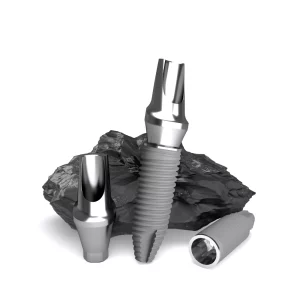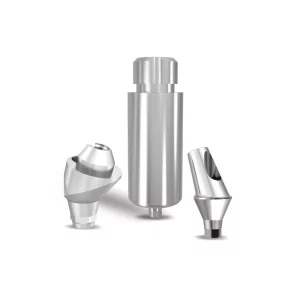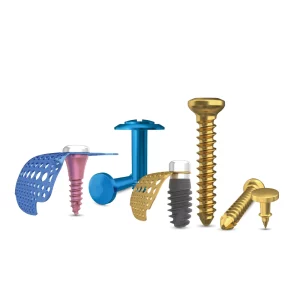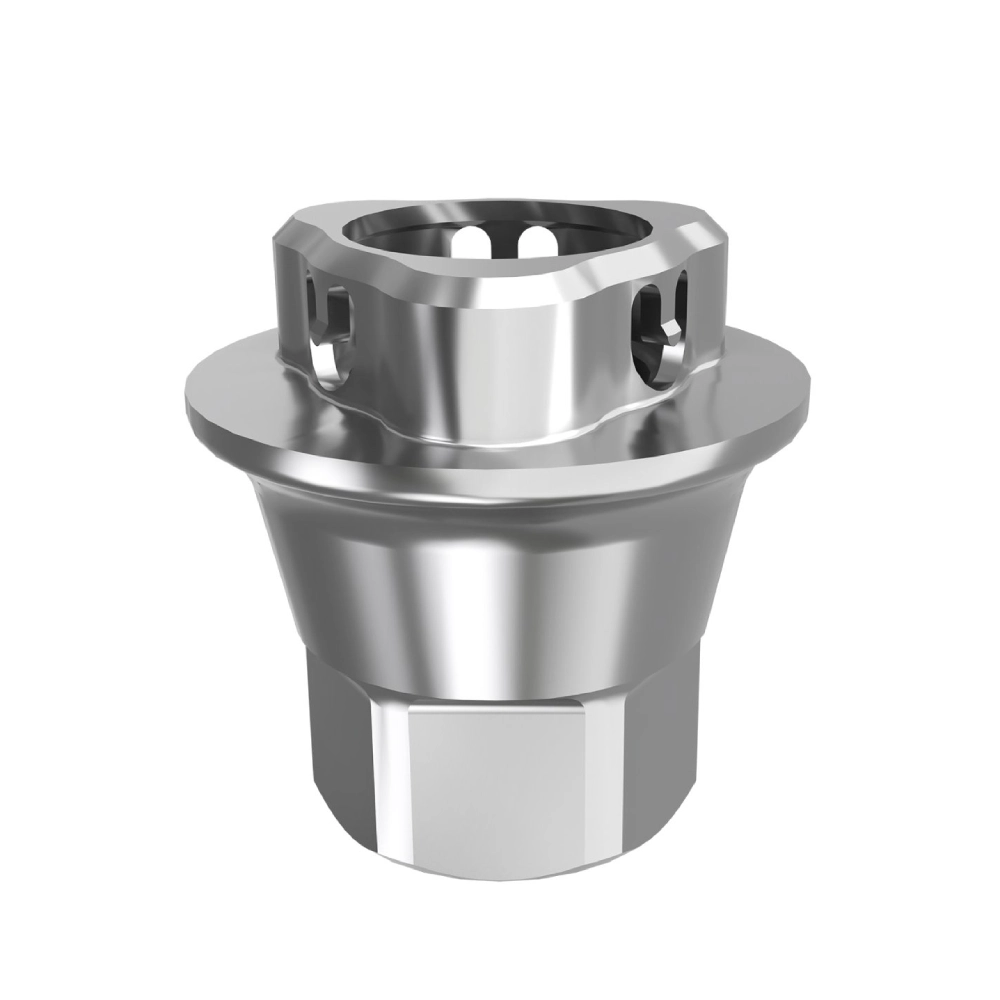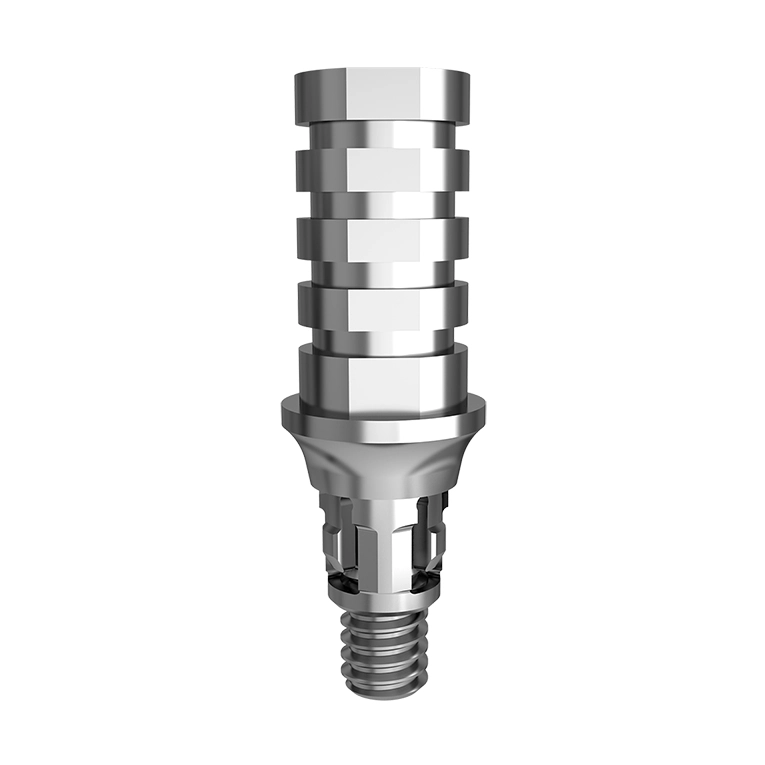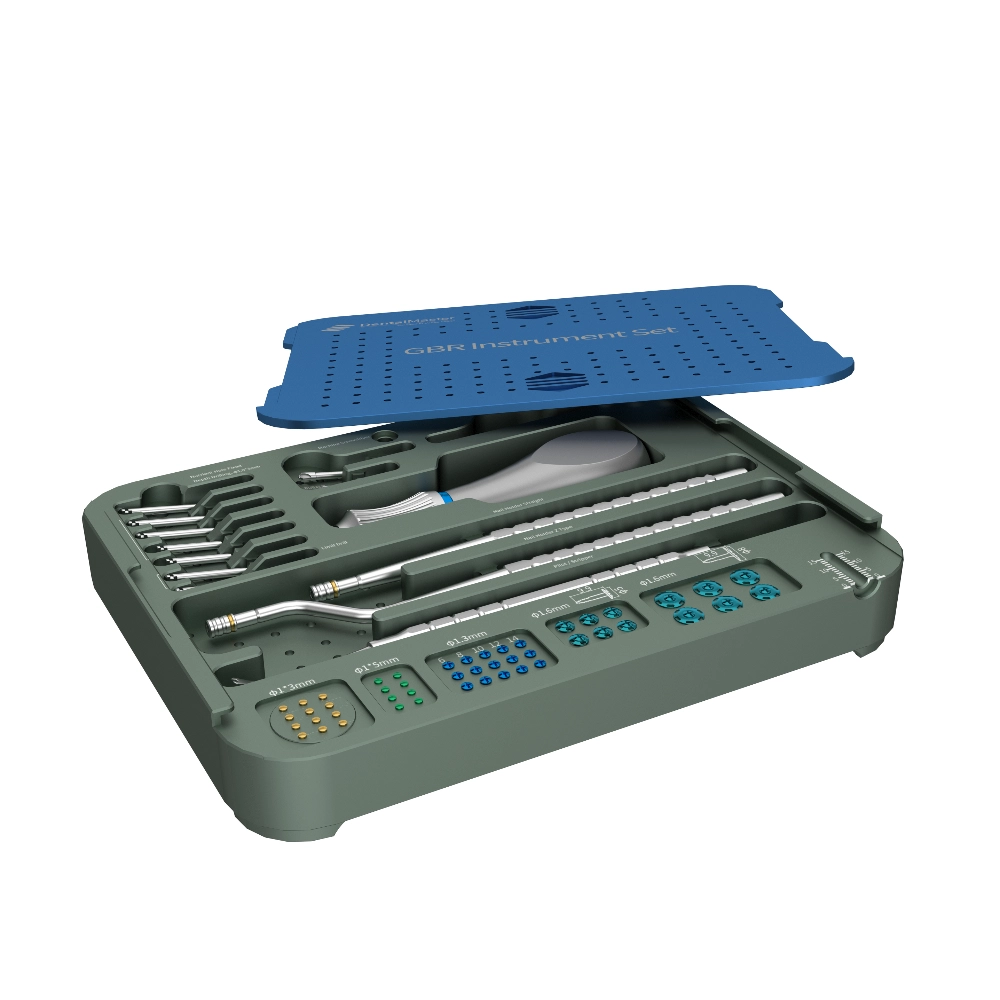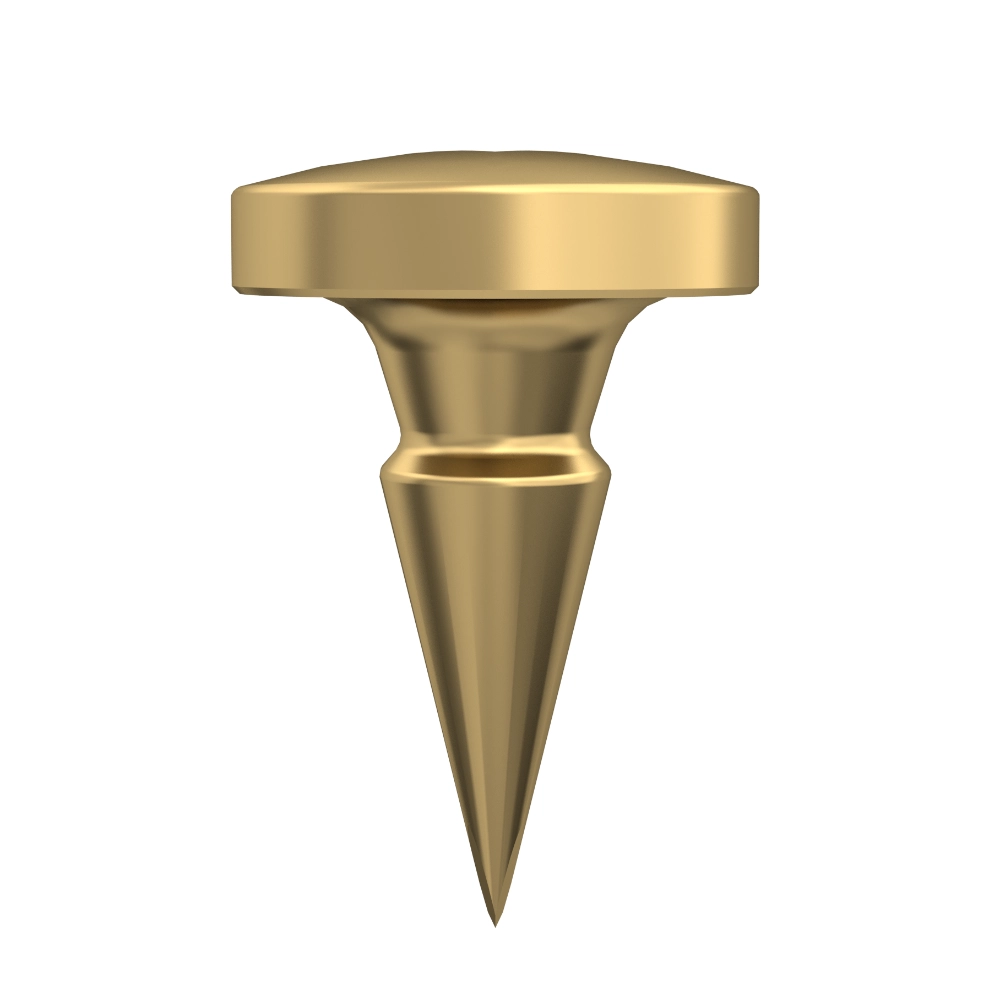
In the field of dental medicine, Guided Bone Regeneration (GBR) is playing an increasingly vital role, offering new hope to countless patients. GBR technology leverages the varying migration speeds of different tissue cells to cleverly create an environment that promotes the prioritized growth of bone tissue, making its application remarkably broad.
In dental implantology, GBR enables bone contour augmentation, providing a solid foundation for the stable placement of implants. In periodontal therapy, it overcomes the limitations of traditional treatments for periodontitis, which cannot regenerate new alveolar bone, by effectively guiding the regeneration of periodontal bone structures. In oral surgery, particularly in the filling of bone cavities after maxillofacial cyst removal, GBR is crucial in promoting bone tissue repair and reconstruction.
As an essential tool for implementing this advanced technique, the GBR kit — including its components and performance — plays a direct role in the success of the procedure. This article will explore the principles and applications of Guided Bone Regeneration, as well as the key components of a GBR kit, to provide readers with a comprehensive understanding of this important advancement in dental medicine.
Why is GBR Used?
Solving Bone Loss and Insufficient Bone Volume
Guided Bone Regeneration (GBR) is a proven technique to address critical dental issues such as alveolar bone resorption and insufficient bone volume. By applying precise bone augmentation strategies, GBR effectively rebuilds lost bone structure, providing a reliable foundation for implant restorations, periodontal regeneration, and socket preservation after tooth extraction. It creates a favorable environment for new bone growth, ensuring the long-term success of dental treatments.
When Do You Need GBR?
Key Clinical Applications of Guided Bone Regeneration
GBR technology combines biological barrier membranes with bone graft materials to create a protected and sealed space for bone tissue regeneration. It is widely used in the following three core clinical scenarios:
1. Bone Defects Before Implant Placement
Scenario:
Due to long-term tooth loss, trauma, or infection, the height and width of the alveolar bone may be insufficient for direct implant placement.
How GBR Helps:
- Horizontal and Vertical Bone Augmentation: By placing bone graft materials (such as autogenous bone, allografts, or synthetic substitutes) and covering them with a barrier membrane, GBR guides new bone growth in the desired direction.
Case Example:
In the posterior maxilla, prolonged tooth loss often leads to significant bone resorption. With GBR, bone width can increase by 4–5mm, providing sufficient support for stable implant placement.
2. Socket Preservation After Tooth Extraction
Scenario:
After tooth extraction, natural resorption of the alveolar ridge occurs, often reducing the bone width by 50% or more within the first year.
How GBR Helps:
- Socket Preservation: By immediately applying GBR techniques after extraction, bone resorption is minimized. Using bone graft material and a GBR kit to secure the membrane prevents soft tissue from invading the socket, preserving bone height and width for future implant placement.
3. Periodontal Regeneration
Scenario:
Periodontitis can cause severe bone loss around teeth, leading to tooth mobility and potential tooth loss.
How GBR Helps:
- Bone Regeneration in Periodontal Defects: GBR promotes new bone growth around teeth affected by periodontal disease. The combination of bone graft material and a GBR membrane protects the site from soft tissue ingrowth, allowing bone cells to regenerate properly.
The Importance of a High-Quality GBR Kit
For successful GBR procedures, using a professional-grade GBR kit is crucial. A comprehensive GBR kit typically includes:
- Titanium-reinforced or collagen membranes
- Fixation pins
- Bone graft materials
- Membrane tacks or sutures
Using a well-designed GBR kit ensures membrane stability, graft material retention, and optimal bone regeneration outcomes.
How Does GBR Work?
GBR (Guided Bone Regeneration) technology effectively addresses issues such as alveolar bone resorption and insufficient bone volume, providing a solid foundation for implant restoration, periodontal regeneration, and more. Here’s how the GBR surgical procedure is performed using a Bone Fixation Screw Kit:
Why Use a Specialized GBR Kit?
GBR (Guided Bone Regeneration) technology is a critical procedure that promotes bone tissue regeneration using barrier membranes and bone graft materials. The design of a specialized GBR Kit aims to enhance surgical efficiency, precision, and safety to meet the demands of complex bone defect repair.
What Tools Does the GBR Kit Include?
A specialized GBR Kit typically integrates the following core tools, covering the entire surgical process:
- Automatic Membrane Tacking Kit
- Function: Rapidly and accurately fix the barrier membrane, reducing the time and errors associated with manual operations.
- Advantages:
- The insertion depth is controllable, avoiding damage to deeper tissues.
- Suitable for fixing membranes over large areas, thus enhancing surgical efficiency.
- Bone Screw kits
- Contents: Includes titanium screws of various specifications, screw pliers, and screw extractors.
- Functions:
- Titanium screws are used to secure the barrier membrane or support bone graft materials.
- Screw pliers and extractors assist with the insertion and removal of screws, making the procedure safer.
- Titanium Mesh
- Function: Serves as a supportive structure in the bone defect area, preventing the collapse of the membrane and maintaining the space for bone regeneration.
- Application Scenarios:
- Extensive bone defects (e.g., sinus floor elevation, alveolar ridge reconstruction).
- Complex cases that require additional mechanical support.
- Sinus Lift Kit
- Contents: Includes bone chisels, bone drills, lifters, and specialized filling materials.
- Functions:
- Precisely elevates the sinus floor, increasing the bone volume at the implant site.
- The complementary tools reduce surgical trauma and enhance the success rate.
- Other Auxiliary Tools
- Bone Scraper/Bone Rasp: Cleans the bone defect area and smooths the bone surface.
- Barrier Membrane: Provides physical separation to prevent soft tissue ingrowth.
- Bone Graft Materials (e.g., autograft, allograft, synthetic materials): Fill the bone defect and promote bone regeneration.
Benefits of Using the GBR Kit
- Improved Surgical Efficiency
- Integrated Tools: The kit includes all necessary tools, reducing the time spent searching for and switching instruments during the surgery.
- Automated Equipment: Devices like the automatic membrane tacking gun can quickly secure the membrane, shortening the overall surgical duration.
- Enhanced Surgical Precision
- Purpose-Built Tool Design:
- Screw pliers and extractors enable precise control over the angle and depth of screw insertion.
- Pre-formed titanium mesh and bone graft materials are designed to adapt to various bone defect shapes.
- Reduced Human Error: Standardized operating procedures lower the risk associated with surgery.
- Purpose-Built Tool Design:
- Increased Surgical Safety
- Biocompatible Materials:
- Titanium screws and mesh are corrosion-resistant and cause no adverse reactions when implanted long-term.
- Barrier membrane materials (such as collagen membranes) are absorbable, thus avoiding the need for a secondary surgery.
- Reduced Complications:
- Specialized tools minimize damage to surrounding tissues (such as nerves and blood vessels).
- All tools in the kit are sterile, reducing the risk of infection.
- Biocompatible Materials:
- Adaptability to Complex Cases
- Versatility:
- Titanium mesh and the sinus lift kit are suitable for addressing extensive bone defects.
- The bone screw repair set is adaptable to various bone defect shapes.
- Personalized Treatment:
- Physicians can select tools from the kit based on the patient’s condition to develop a precise surgical plan.
- Versatility:
Clinical Application Scenarios
- Pre-implant Bone Augmentation:
Using the GBR Kit to fill bone defects increases the bone volume at the implant site. - Alveolar Ridge Preservation:
Immediately after tooth extraction, the kit’s tools can be used to secure the barrier membrane, thereby reducing bone resorption. - Periodontal Bone Defect Repair:
After cleaning periodontal pockets, the titanium mesh and bone graft materials can be used to reconstruct the alveolar bone structure. - Sinus Lift:
In combination with the sinus lift kit, the procedure increases vertical bone height, facilitating successful implant restoration.
Frequently Asked Questions about GBR (Guided Bone Regeneration)
- How long does GBR take to heal?
- Healing Time: Typically requires 6 months to 1 year.
- Short-Term: GTR (Guided Tissue Regeneration) has a shorter healing period, generally 3-6 months, as it only involves soft tissue repair.
- Long-Term: GBR requires waiting for new bone formation, so the healing period is longer.
- Influencing Factors: The degree of bone defect, the patient’s health status, surgical techniques, and other factors will all affect the healing time.
- Postoperative check-ups are necessary to assess bone gain through examinations such as oral CBCT.
- Can GBR fail?
- Success Rate: GBR has a high success rate, but there is still some risk of failure.
- Reasons for Failure:
- Severe Bone Defects: If the bone defect is too large or the patient’s overall health is poor, it may affect bone regeneration.
- Infection or Complications: Postoperative infections, bleeding, swelling, etc., may lead to surgical failure.
- Membrane Displacement or Exposure: If the barrier membrane fails to effectively isolate the soft tissue, bone regeneration may be hindered.
- Preventive Measures:
- The doctor will conduct a detailed pre-surgery evaluation of the patient’s condition and develop a personalized plan.
- Postoperatively, strict adherence to medical instructions is necessary, along with maintaining oral hygiene to prevent infection.
- Does GBR cause pain?
- Pain During Surgery: The surgery is usually performed under local anesthesia, so the patient should not feel pain during the procedure.
- Postoperative Reactions:
- Temporary Discomfort: Mild pain, swelling, or facial discomfort may occur postoperatively, typically subsiding over several days to weeks.
- Pain Management: The doctor will prescribe pain relievers to help alleviate postoperative pain.
- Individual Differences: Pain tolerance varies from person to person, but in general, postoperative pain from GBR is within acceptable limits.
- What is the difference between GBR and GTR?
| Comparison | GBR (Guided Bone Regeneration) | GTR (Guided Tissue Regeneration) |
|---|---|---|
| Principle | Uses a barrier membrane to prevent soft tissue from entering the bone defect area, promoting bone tissue regeneration. | Uses a barrier membrane to prevent gingival epithelium from growing along the root surface, allowing periodontal ligament fibroblasts to contact the root surface first. |
| Materials | Membranes made of biomaterials (e.g., collagen membrane, titanium mesh, etc.). | Barrier membranes (e.g., polytetrafluoroethylene membranes, absorbable membranes, etc.). |
| Target Group | Patients with insufficient alveolar bone width, bone fractures, or poor alveolar bone shape. | Patients with root bifurcation lesions, root exposure, or vertical bone defects due to periodontal disease. |
| Healing Time | Longer, typically 6 months to 1 year. | Shorter, generally 3-6 months. |
| Surgical Purpose | To increase bone volume and provide support for implants. | To promote periodontal tissue regeneration and repair periodontal pockets. |
| Common Complications | Infection, bleeding, membrane displacement, insufficient new bone formation, etc. | Infection, membrane exposure, gingival recession, etc. |
Summary
GBR is an effective bone augmentation technique suitable for patients with poor alveolar bone conditions, significantly increasing the success rate of dental implants.
GTR is mainly used for the treatment of periodontal disease, promoting the regeneration of periodontal tissues.
There are significant differences between the two in terms of principles, materials, target populations, and healing times. The doctor will choose the appropriate surgical plan based on the patient’s specific condition.
Conclusion
The GBR (Guided Bone Regeneration) technique uses barrier membranes to precisely isolate soft tissues from the bone defect area, significantly promoting bone tissue regeneration and providing stable bone support for dental implants. It is especially suitable for complex bone defect cases (such as immediate implantation and aesthetic zone restoration), greatly enhancing the success rate and long-term stability of implants. To further optimize surgical outcomes, it is recommended to use a high-quality GBR Kit (such as a set that includes biocompatible barrier membranes, bone substitute materials, and specialized instruments). The precise membrane design, optimized bone filling performance, and convenient operating tools can effectively reduce the risk of complications and help doctors achieve more efficient and reliable bone augmentation results.

